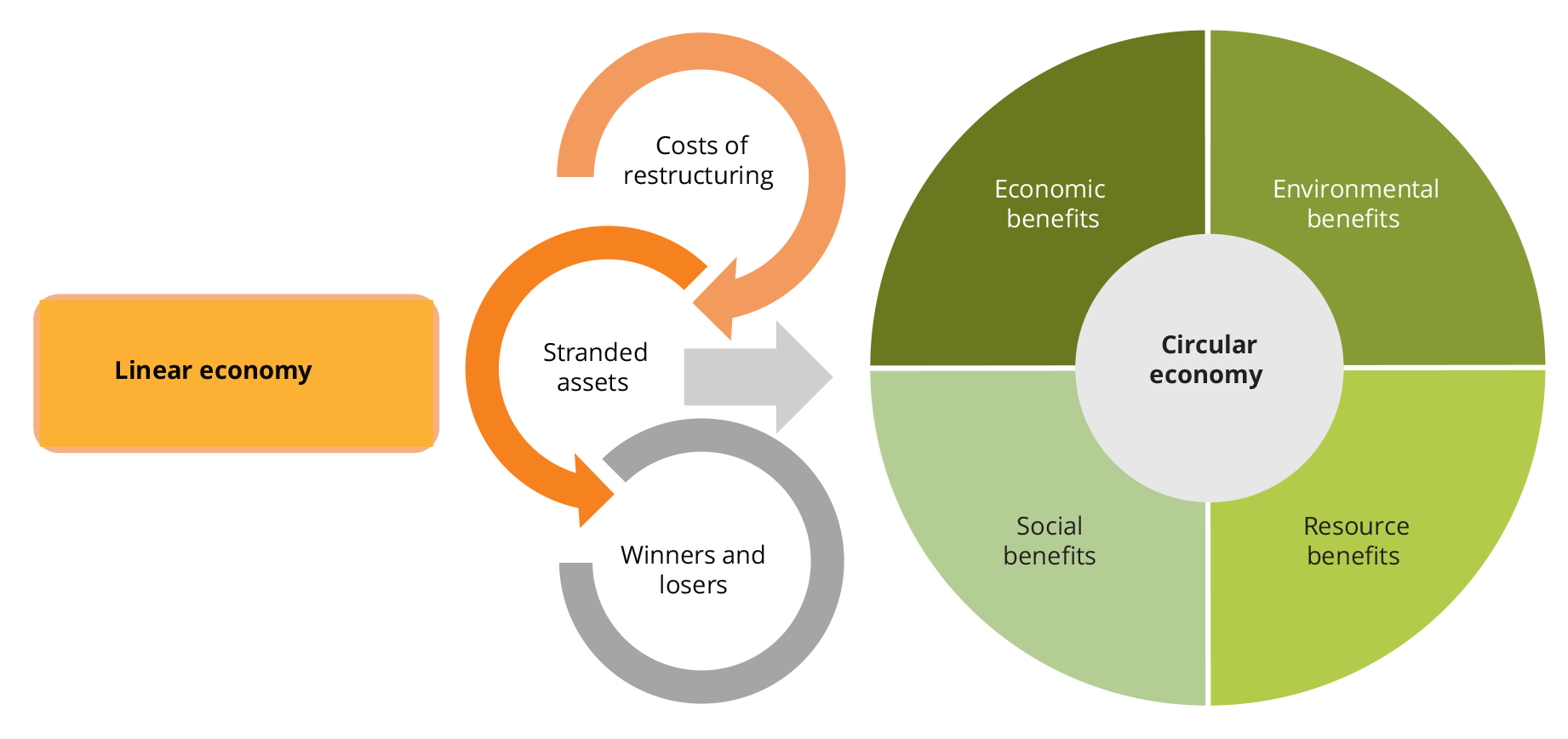Introduction: Waste in the EU economy – from linear to circular economy
Circular Economy (2/2)
At the end of 2015, the European Commission has adopted the Circular Economy Package, which includes the revised legislative proposals on waste, as well as the EU Action Plan for the Circular Economy that establishes a concrete and ambitious programme of action, with measures covering the whole cycle: from production and consumption to waste management and the market for secondary raw materials.
The proposed actions will contribute to "closing the loop" of product lifecycles through greater recycling and re-use, and bring benefits for both the environment and the economy. The set targets for reduction of waste aim to key elements:
- a common EU target for recycling 65% of municipal and for recycling 75% of packaging waste by 2030;
- a binding landfill target to reduce landfill to maximum of 10% of municipal waste by 2030;
- a ban on landfilling of separately collected waste and a promotion of economic instruments to discourage landfilling;
- simplified and improved definitions and harmonised calculation methods for recycling rates throughout the EU;
- concrete measures to promote re-use and stimulate industrial symbiosis - turning one industry's by-product into another industry's raw material;
- economic incentives for producers to put greener products on the market and support recovery and recycling schemes (e.g. for packaging, batteries, electric and electronic equipment, vehicles).

Source: EEA Report No 2/2016